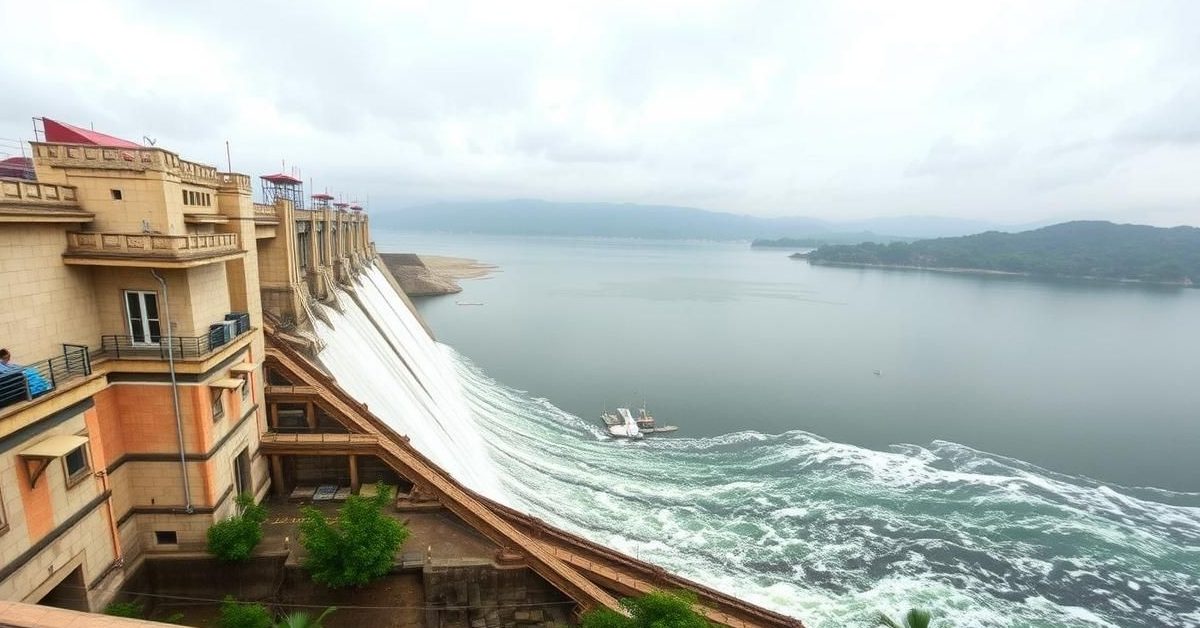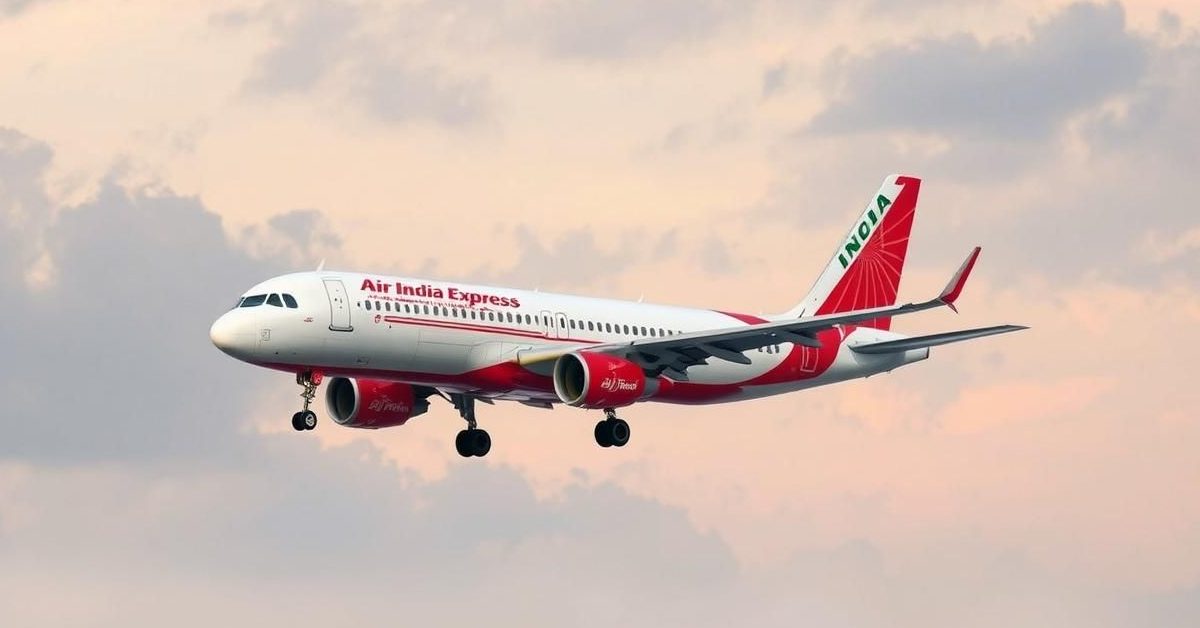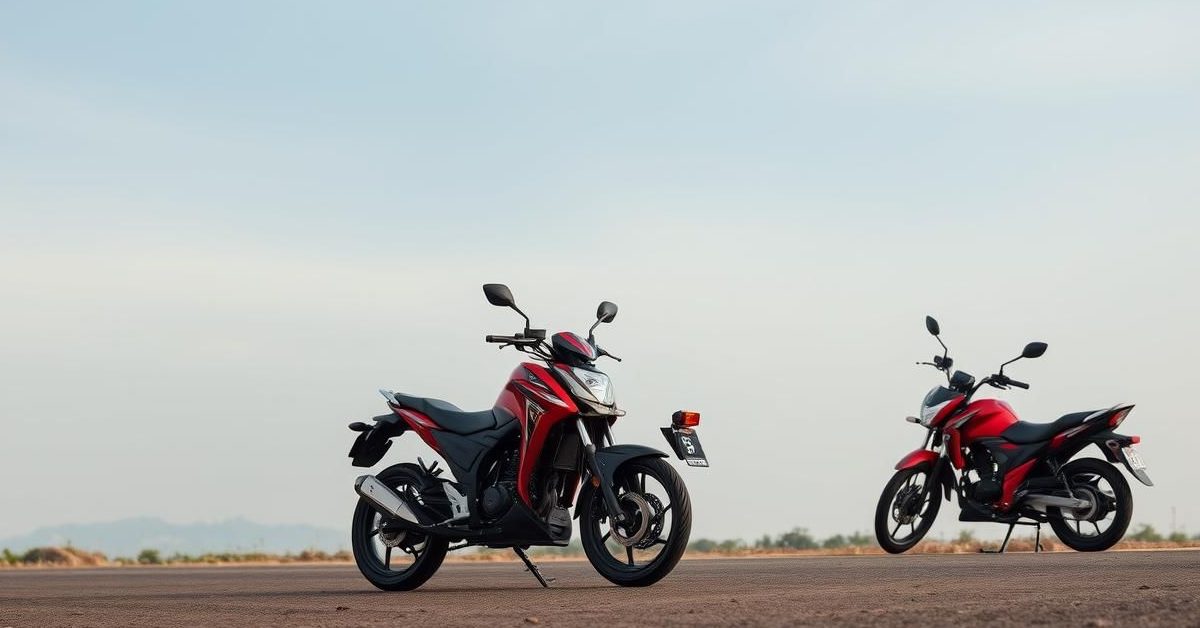This article dives into several crucial economic concepts relevant to India, covering everything from the factors determining minimum wages to the health of public sector banks, the rise of quick commerce, and the dynamics influencing the Indian rupee.
Understanding India’s Minimum Wage
In India, the calculation of minimum wages primarily relies on the Minimum Wages Act of 1948. This act considers factors such as the nature of the work, the required skill level, and the overall cost of living. This includes a basic wage component and a Variable Dearness Allowance (VDA) to adjust for living costs.
However, there’s a growing discussion among policymakers to move towards a “living wage.” This proposed concept would broaden the calculation to include essential expenditures like health and education, which are not currently part of the minimum wage determination. This shift aims to better reflect the true cost of living and support workers more comprehensively.
Public Sector Banks and MSME Loans
India’s public sector banks (PSBs) have shown a significant improvement in the health of their loan books, particularly concerning Micro, Small, and Medium Enterprises (MSMEs). The gross non-performing asset (NPA) ratio for MSME loans from PSBs has steadily declined.
This positive trend is attributed to a dual effect: an increase in the total loans extended to MSMEs and, importantly, a reduction in the absolute amount of bad loans. This indicates healthier lending practices and better repayment rates within the MSME sector, contributing to overall financial stability.
The Rise of Quick Commerce
Quick commerce, often referred to as “q-commerce,” defines the business model of delivering goods ordered online at rapid speeds, typically within 10 to 30 minutes. This model relies heavily on a network of “dark stores,” which are essentially retail outlets used solely for storage and order fulfillment, not open to public shoppers.
These dark stores are critical infrastructure that enable companies to fulfill orders quickly within a specific operational area. Major players in India’s quick commerce sector include Blinkit, Zepto, and Swiggy Instamart, collectively handling millions of orders daily.
Factors Influencing the Indian Rupee
The stability of the Indian rupee is significantly influenced by the country’s balance of payments (BoP) position. A strong BoP, which accounts for all economic transactions between India and the rest of the world (including exports, imports, and capital flows), generally supports a stable rupee.
It’s important to note that external factors, such as the performance of major global currencies like the US dollar, also play a crucial role in affecting the rupee’s value. The Reserve Bank of India (RBI) frequently intervenes in the market to prevent sharp fluctuations and maintain the rupee’s stability.
Insights into India’s Trade Deals
India is actively working on new approaches to attract foreign direct investment (FDI), particularly from Western countries. A notable strategy involves offering long-term regulatory certainty in the domestic manufacturing sector, aiming to secure investments from entities like the European Union.
As part of similar trade agreements, such as the deal with the UK, India has allowed 100% FDI in the telecom sector. In the insurance sector, the FDI ceiling has been set at 74%, providing significant investment certainty for foreign insurers. This strategy seeks to balance trade benefits with fostering domestic growth and manufacturing capabilities.
Demystifying Inflation
Inflation is best defined as a sustained increase in the general price level of goods and services across an economy over a specific period. This rise in prices leads to a decline in the purchasing power of money, meaning your money buys less than it did before.
Economists and central banks closely monitor inflation, often using measures like the Consumer Price Index (CPI), which tracks the cost of a typical basket of consumer goods and services. Managing inflation is a key objective for policymakers to ensure economic stability and protect consumer purchasing power.
The Amrit Bharat Station Scheme
The Amrit Bharat Station Scheme is a forward-looking initiative aimed at enhancing and modernizing railway stations throughout India. The scheme adopts a long-term master planning approach, ensuring phased improvements to various station facilities and overall infrastructure.
Key features include improving accessibility, upgrading waiting areas and toilet facilities, installing lifts and escalators, ensuring cleanliness, providing free Wi-Fi, and promoting local products through “One Station One Product” kiosks. The scheme also emphasizes incorporating local culture and architecture into designs, promoting multi-modal connectivity, and implementing sustainable, eco-friendly solutions. The ultimate goal is to transform railway stations into vibrant city centers.
MGNREGA: A Rural Employment Guarantee
The Mahatma Gandhi National Rural Employment Guarantee Act (MGNREGA) is a cornerstone of India’s rural welfare initiatives. It is a demand-driven scheme that legally guarantees 100 days of wage employment each year to every rural household in the country.
A crucial aspect of MGNREGA is the provision of an unemployment allowance if work is not provided to registered households within 15 days of their demand. The Electronic Fund Management System (e-FMS) is used for direct wage transfers, enhancing transparency and efficiency. Moreover, the act actively promotes gender equality, mandating significant participation of women in the workforce.
The provided article is a UPSC preparation quiz, not a traditional news article. My rewrite will focus on extracting the educational content from the explanations to form a structured, informative piece about these economic concepts.
This article unpacks several key economic concepts and government initiatives pertinent to India, from understanding minimum wage calculations to the health of public sector banks, the impact of quick commerce, and more.
Factors Shaping India’s Minimum Wage
In India, the minimum wage is primarily determined by factors such as the nature of the work, the skill level required, and the prevailing cost of living. This calculation typically includes a basic wage along with a Variable Dearness Allowance (VDA), which adjusts for inflation.
However, there’s an ongoing discussion to move towards a “living wage” concept. This would expand the calculation to include essential expenditures like health and education, which are currently not factored into the minimum wage, aiming for a more comprehensive reflection of living costs.
Strengthening Public Sector Banks’ MSME Loan Books
India’s public sector banks (PSBs) have shown a significant improvement in the health of their loan portfolios, particularly concerning Micro, Small, and Medium Enterprises (MSMEs). The gross non-performing asset (NPA) ratio for MSME loans from PSBs has seen a notable decline.
This positive trend is attributed to two key factors: an increase in the total volume of loans extended to MSMEs, coupled with a decrease in the absolute amount of bad loans. This dual improvement indicates enhanced lending practices and better repayment rates, contributing to the overall stability of the banking sector.
The Speed of Quick Commerce
Quick commerce, often abbreviated as q-commerce, defines the rapid delivery of goods ordered online, typically within a window of 10 to 30 minutes. This model relies heavily on specialized facilities known as “dark stores.”
Dark stores function as distribution hubs that are stocked like retail outlets but are not open to the public. They are crucial infrastructure that enable quick commerce firms to ensure expedited fulfillment within their operational zones. In India, major players like Blinkit, Zepto, and Swiggy Instamart collectively handle millions of rapid deliveries daily.
Understanding the Indian Rupee’s Dynamics
The stability of the Indian rupee is significantly influenced by the country’s external balance of payments (BoP) position. A strong BoP, reflecting healthy international trade and capital flows, generally provides support for the rupee’s stability.
It’s important to recognize that external factors, such as the performance of the US dollar and other global currencies, also impact the Indian rupee’s value. The Reserve Bank of India (RBI) often intervenes in the foreign exchange market to manage volatility and prevent sharp depreciations of the rupee.
India’s Strategic Approach to Trade Deals
India is actively pursuing a strategy to attract greater foreign direct investment (FDI) from Western countries, particularly through trade deal negotiations. A key element of this approach is offering long-term regulatory certainty within the domestic manufacturing sector.
This strategy has seen outcomes such as India allowing 100% FDI in the telecom sector under its trade deal with the UK. Similarly, in the insurance sector, the FDI ceiling has been set at 74%, providing a clear investment framework for foreign insurers. These moves aim to foster economic growth and integrate India further into global supply chains.
Decoding Inflation
Inflation is fundamentally defined as a sustained increase in the general price level of goods and services across an economy over a period of time. This phenomenon leads to a decline in the purchasing power of money, meaning that each unit of currency buys fewer goods and services than before.
It’s a broad measure, reflecting the overall increase in prices or the rising cost of living in a country. Central banks and policymakers closely monitor inflation rates, as managing them is crucial for economic stability and consumer welfare.
The Amrit Bharat Station Scheme
The Amrit Bharat Station Scheme is a comprehensive initiative by the Indian Railways focused on the long-term, holistic development and modernization of railway stations. The scheme involves creating and executing master plans in phases to upgrade various facilities.
Improvements under the scheme include enhanced accessibility, better waiting areas, modern toilet facilities, installation of lifts and escalators, and improved cleanliness. It also promotes amenities like free Wi-Fi, ‘One Station One Product’ kiosks for local goods, and integration of stations with surrounding city areas, all while incorporating local culture and sustainable solutions.
Understanding MGNREGA’s Core Features
The Mahatma Gandhi National Rural Employment Guarantee Act (MGNREGA) is a demand-driven scheme that legally guarantees 100 days of wage employment each year to every rural household in India. It serves as a vital safety net, especially in times of economic distress.
A key provision of the act is the mandate to pay an unemployment allowance if work is not provided within 15 days of a household’s demand. The Electronic Fund Management System (e-FMS) is used to directly transfer wages to workers’ bank accounts, ensuring transparency. The scheme also actively promotes women’s participation, with a significant proportion of beneficiaries being women.















